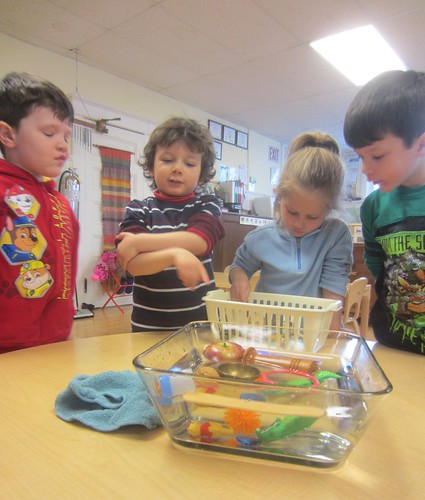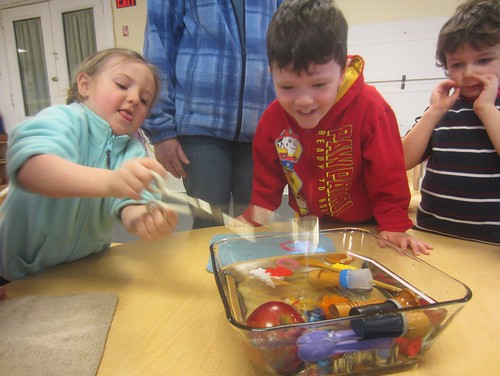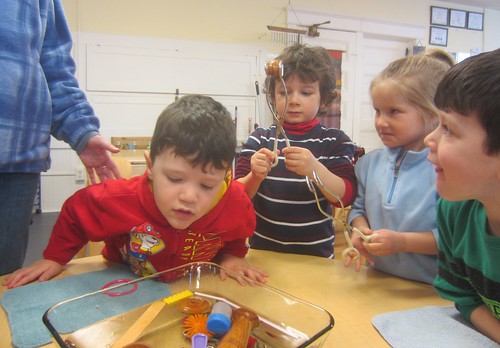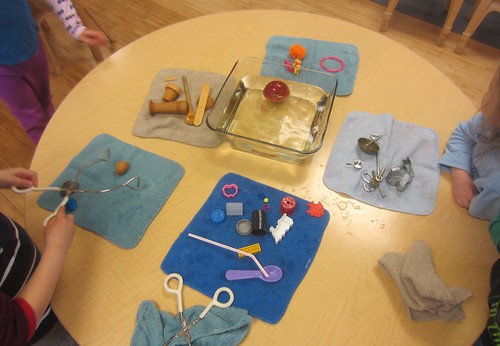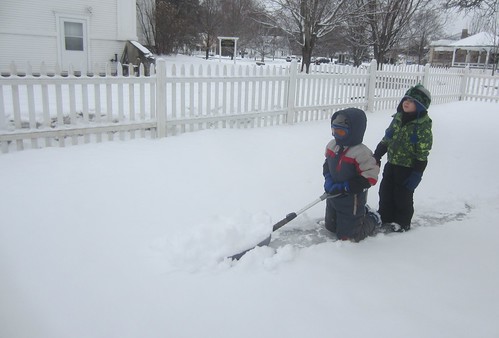 Sled dogs teamed up to pull sleds around the yard after reading about the Iditarod, which is currently in progress from Anchorage to Nome. Snow boarders took turns racing down the snow hill. Fresh snow was shoveled away and rolled up into serum snowballs to be pulled on sleds to the diphtheria victims in Nome.
Sled dogs teamed up to pull sleds around the yard after reading about the Iditarod, which is currently in progress from Anchorage to Nome. Snow boarders took turns racing down the snow hill. Fresh snow was shoveled away and rolled up into serum snowballs to be pulled on sleds to the diphtheria victims in Nome.
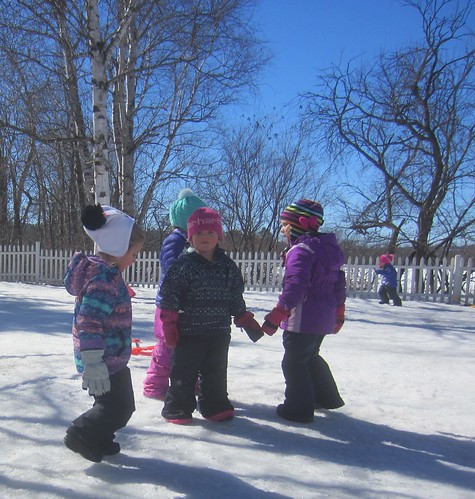
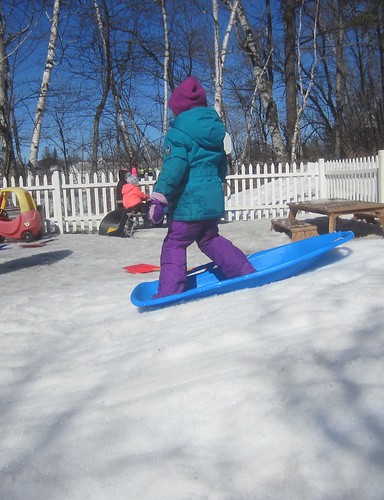
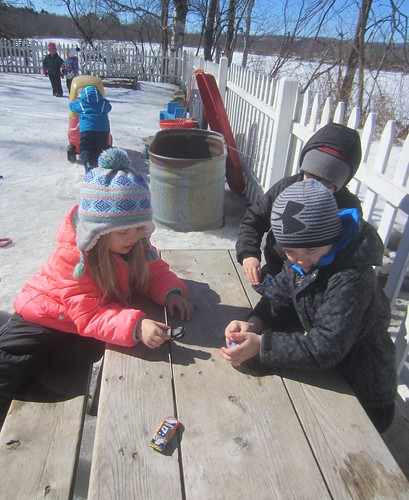
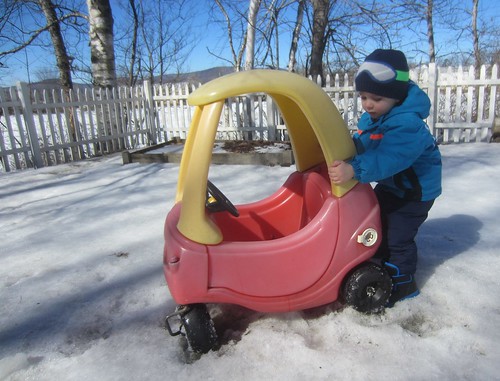

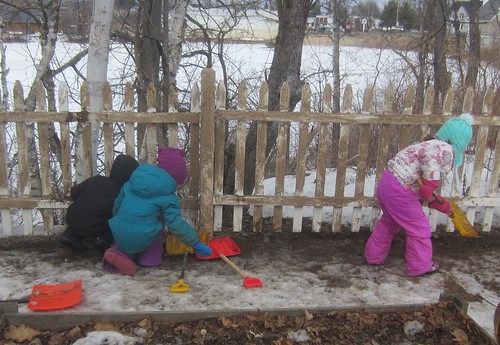
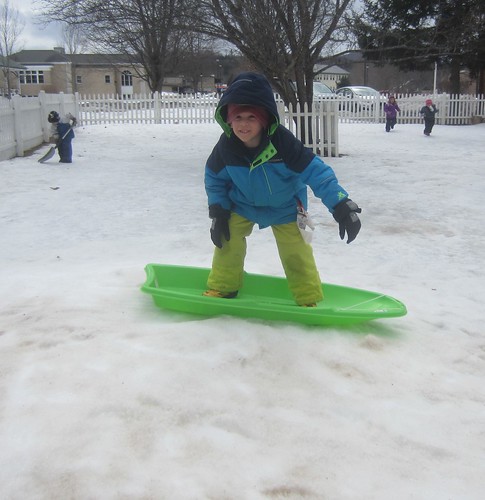
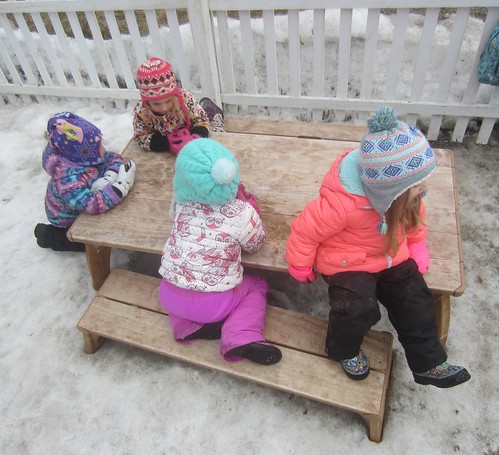
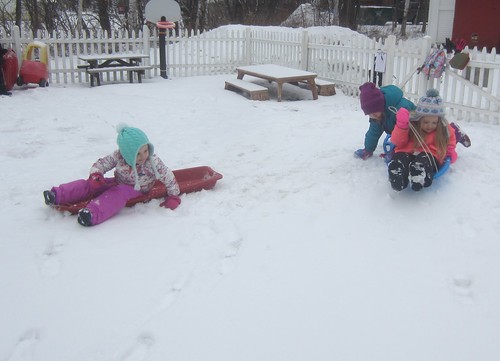
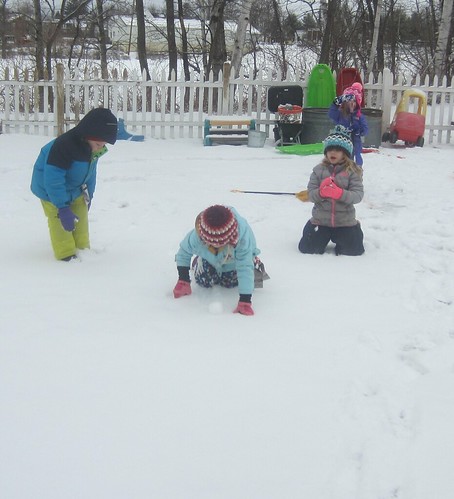

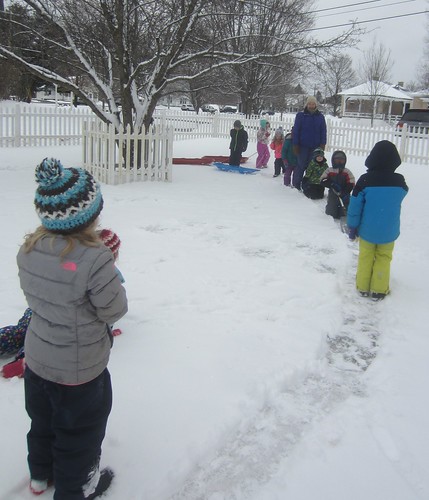
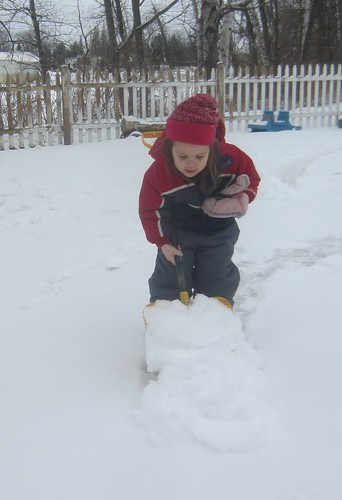
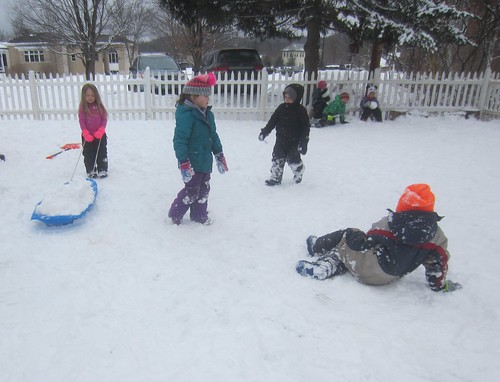
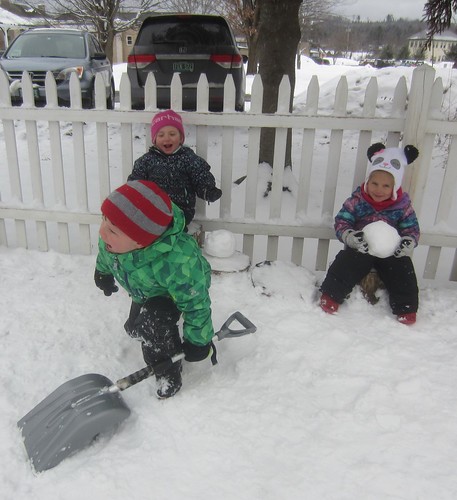 The Monday students practiced their very careful cutting skills slowly maneuvering their scissors around fish shapes, which they then decorated with a variety of collage items. They created some very colorful and creative fish. Students continued to cut and collage fish throughout the week, creating a large gallery display.
The Monday students practiced their very careful cutting skills slowly maneuvering their scissors around fish shapes, which they then decorated with a variety of collage items. They created some very colorful and creative fish. Students continued to cut and collage fish throughout the week, creating a large gallery display.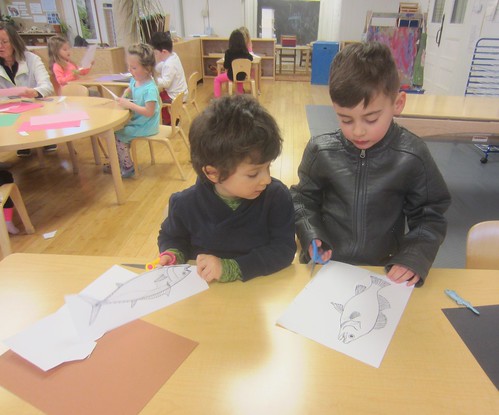
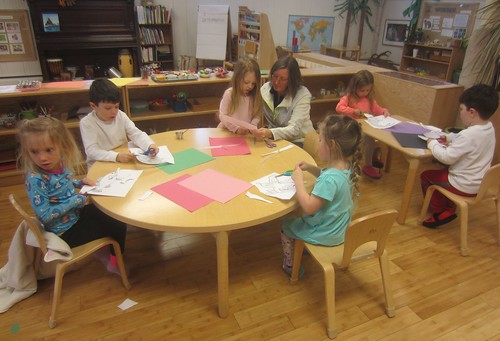
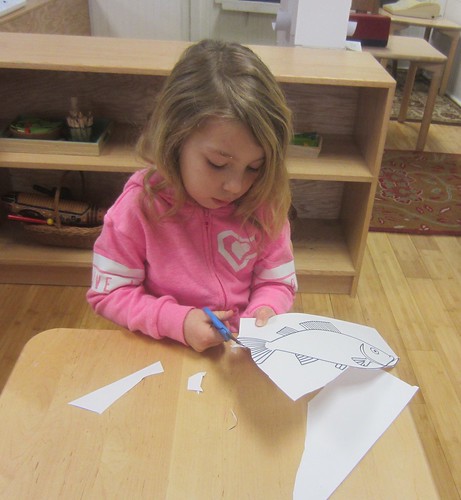
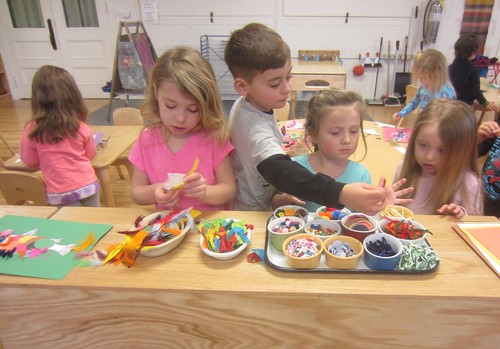

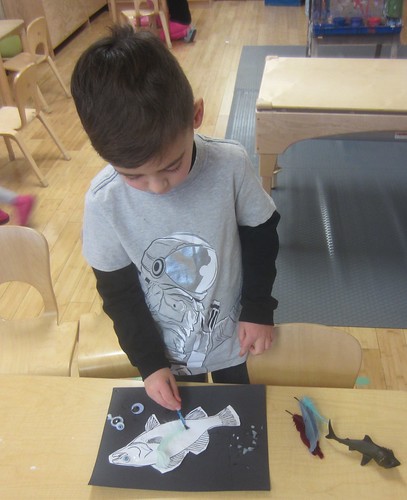

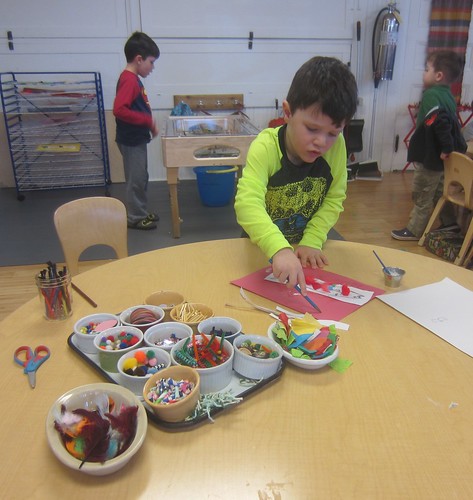

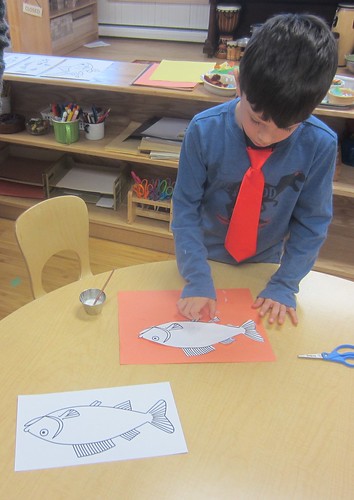
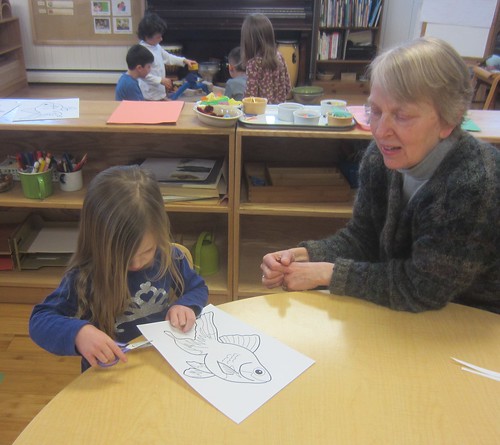
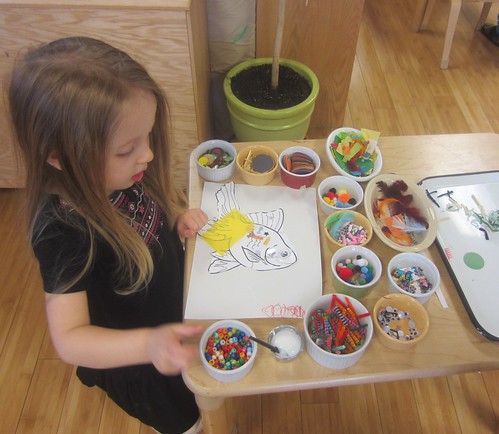
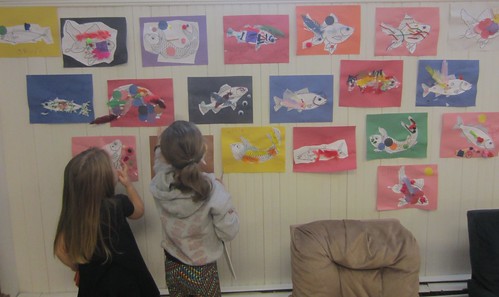 While potential students and families visited on Monday, the students took their monthly field trip to the library with Susan and Tammy, where they enjoyed some of their usual library activities.
While potential students and families visited on Monday, the students took their monthly field trip to the library with Susan and Tammy, where they enjoyed some of their usual library activities.
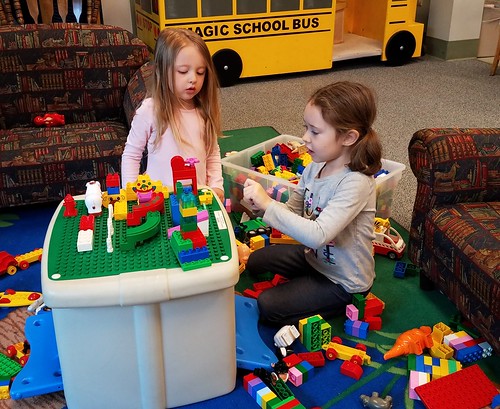

 We read about the serum relay that took place in Alaska in 1925 after some children in Nome were diagnosed with diphtheria, and serum had to be brought from Anchorage to treat them and prevent the spread of the disease. A sled dog relay was set up through radio communication, and a series of mushers and their dogs ran through blizzards and below 40 degree temperatures both night and day to ensure it was delivered quickly. We read the stories of Balto and Togo, two of the most heroic lead dogs that participated. This serum relay was the origin of the Iditarod, which is currently taking place with over sixty mushers and their dog teams. We checked the race standings daily, and were introduced to the top ranking participants each day, as well as the Berrington twins, Kristy and Anna. The first few racers are anticipated to finish early next week. The typical finish times over the past several years have been just over 8 days, so we will continue to track the Iditarod progress through next week.
We read about the serum relay that took place in Alaska in 1925 after some children in Nome were diagnosed with diphtheria, and serum had to be brought from Anchorage to treat them and prevent the spread of the disease. A sled dog relay was set up through radio communication, and a series of mushers and their dogs ran through blizzards and below 40 degree temperatures both night and day to ensure it was delivered quickly. We read the stories of Balto and Togo, two of the most heroic lead dogs that participated. This serum relay was the origin of the Iditarod, which is currently taking place with over sixty mushers and their dog teams. We checked the race standings daily, and were introduced to the top ranking participants each day, as well as the Berrington twins, Kristy and Anna. The first few racers are anticipated to finish early next week. The typical finish times over the past several years have been just over 8 days, so we will continue to track the Iditarod progress through next week.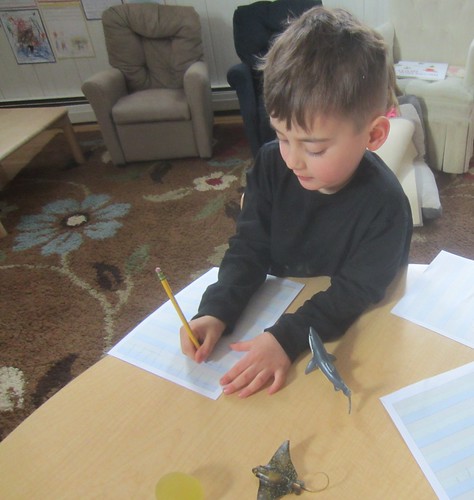

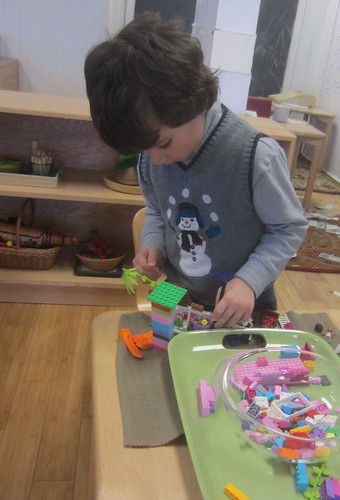
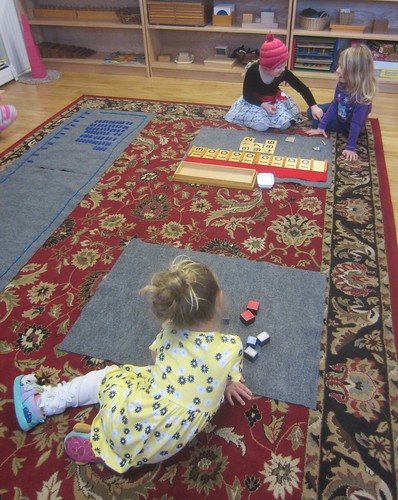
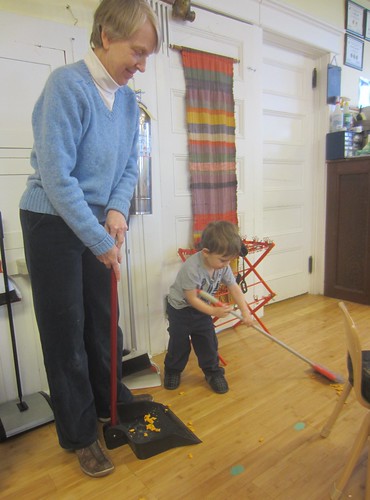
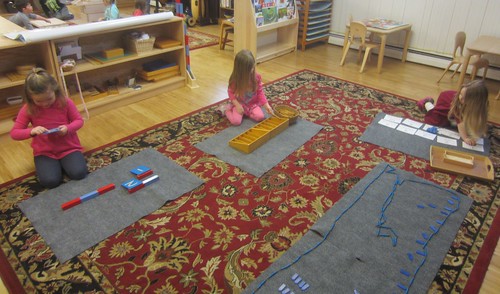
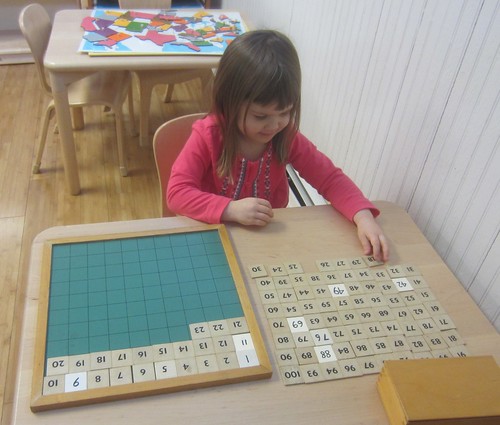
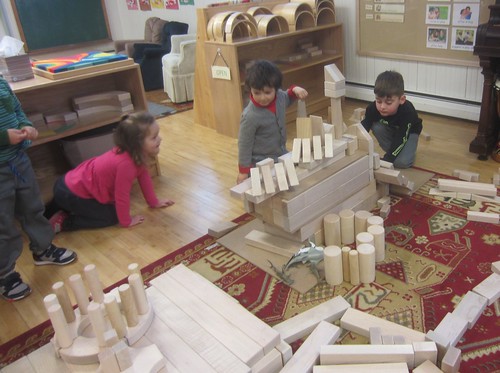
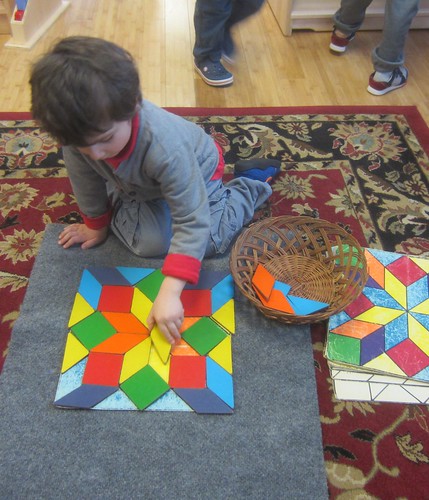

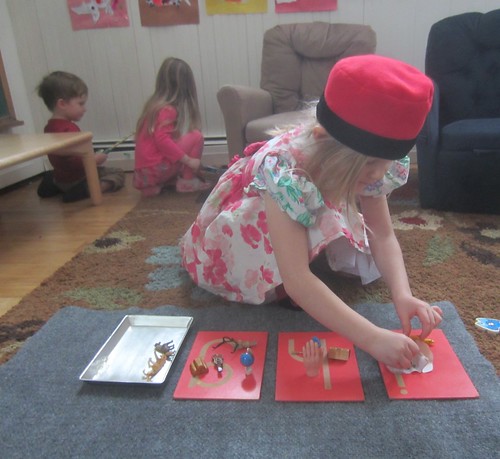
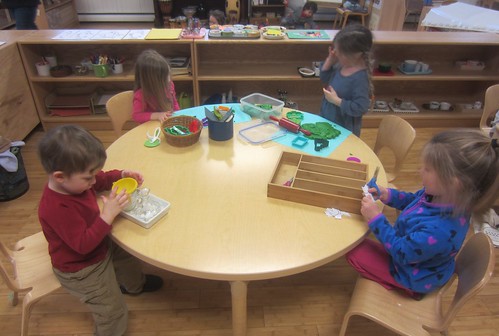
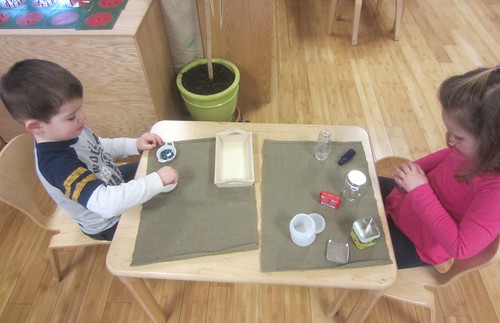

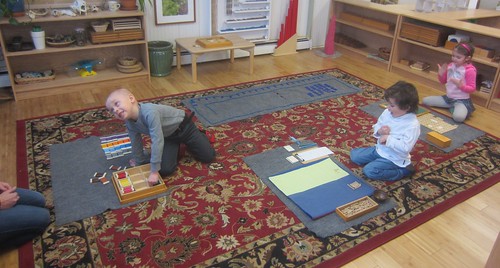

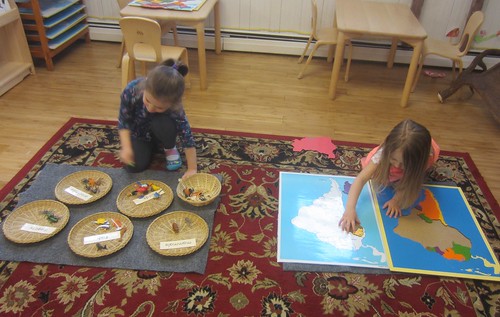
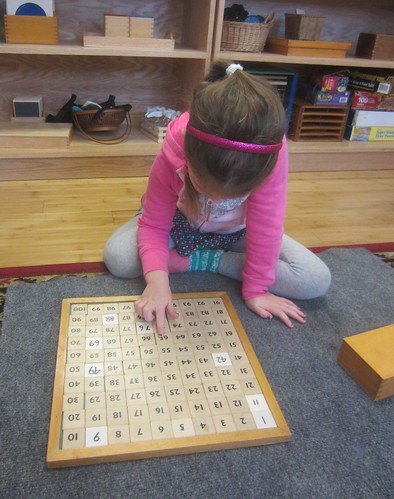
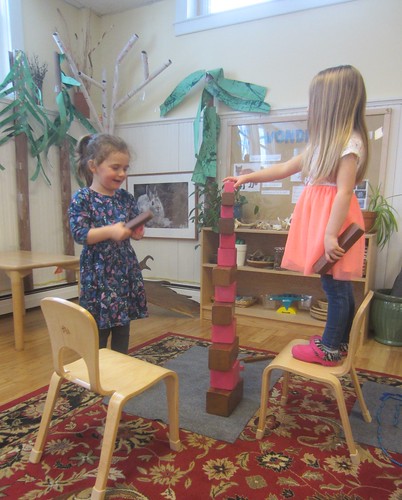
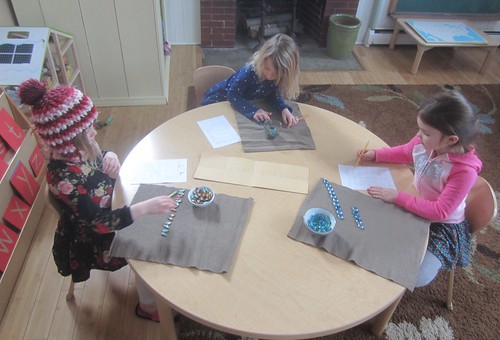

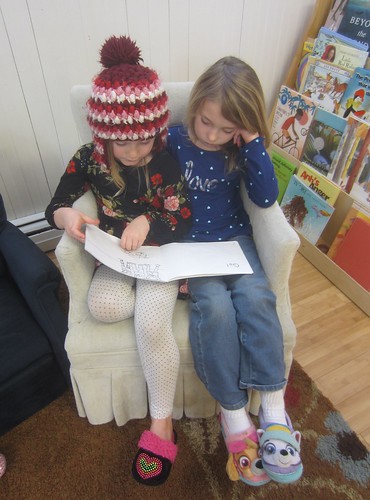
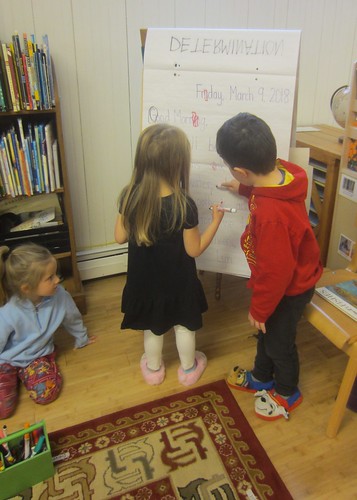


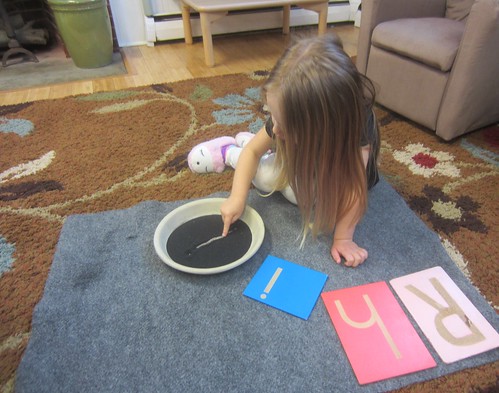
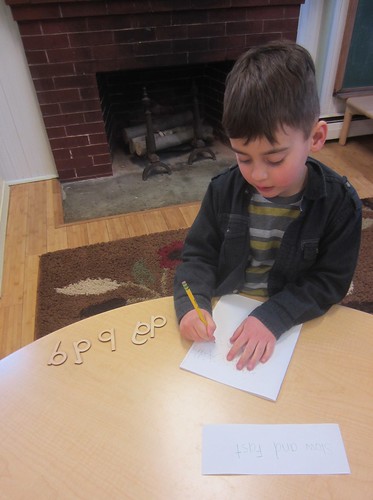 For Spanish with Zeanny we continued to work on colors and body parts. The children were split into three groups and each child was given a colored pastel. Each group had a piece of paper, and when zeanny named a color, a number, and a body part, the child with that color drew that many of the given body part. When their crazy monsters were completed, we looked at them to see if they were all exactly the same or if they were different. She read the Eric Carle story De La Cabeza a los pies (From Head to Toe), and the children acted it out.
For Spanish with Zeanny we continued to work on colors and body parts. The children were split into three groups and each child was given a colored pastel. Each group had a piece of paper, and when zeanny named a color, a number, and a body part, the child with that color drew that many of the given body part. When their crazy monsters were completed, we looked at them to see if they were all exactly the same or if they were different. She read the Eric Carle story De La Cabeza a los pies (From Head to Toe), and the children acted it out.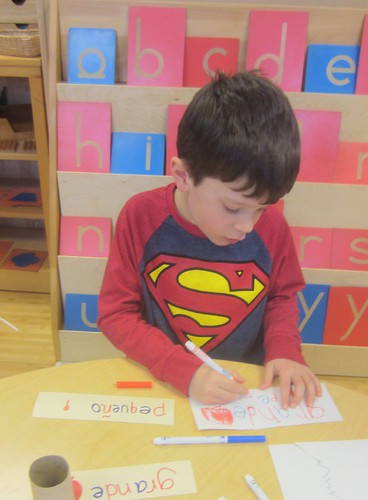
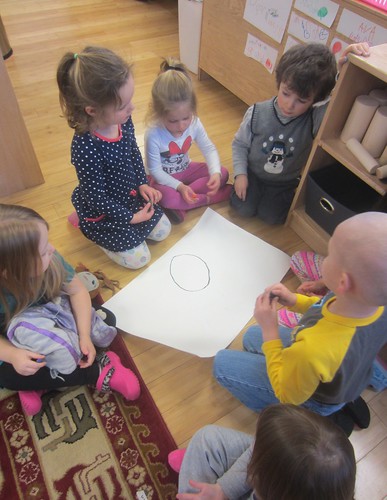
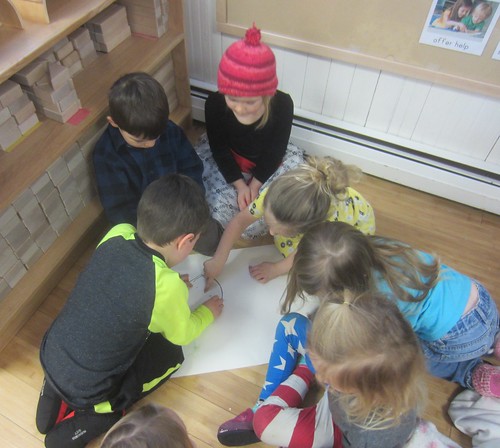
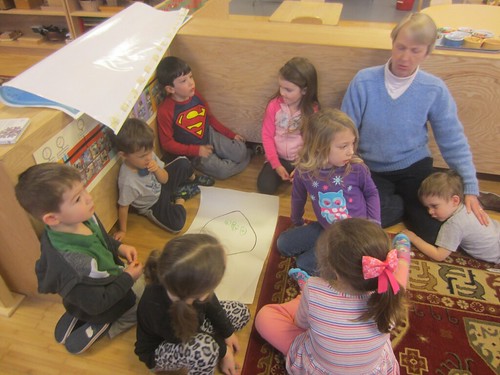
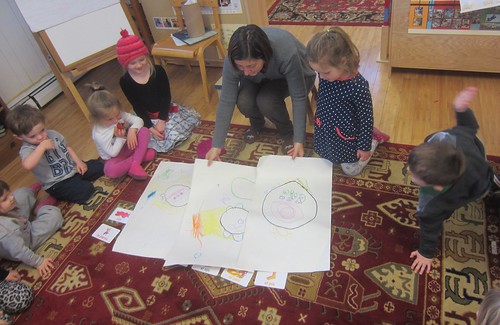
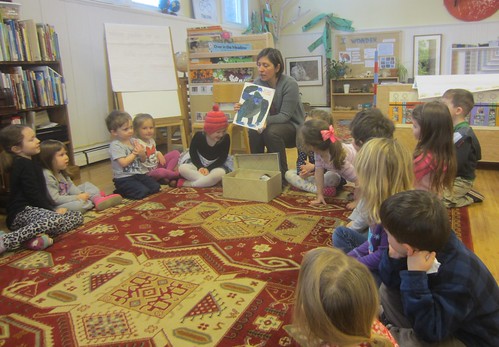 Our study of fish was introduced with the books About Fish, Fabulous Fishes, and Big Al. We discussed the characteristics of fish, including living in water, breathing with gills, being covered with scales, having fins, and laying eggs. We did an animal sort. Each student was handed an animal, which they identified as either an insect, arachnid, bird, mammal, or fish. Many fish activities were introduced, including fish in the water table, a fishing game, and fish math.
Our study of fish was introduced with the books About Fish, Fabulous Fishes, and Big Al. We discussed the characteristics of fish, including living in water, breathing with gills, being covered with scales, having fins, and laying eggs. We did an animal sort. Each student was handed an animal, which they identified as either an insect, arachnid, bird, mammal, or fish. Many fish activities were introduced, including fish in the water table, a fishing game, and fish math.
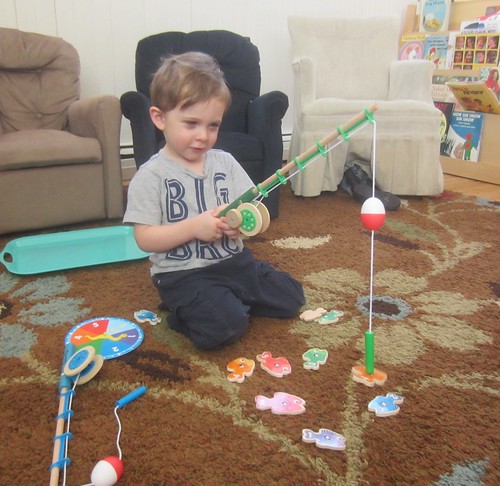

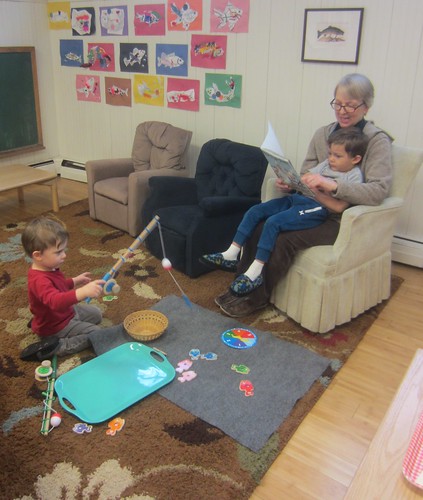

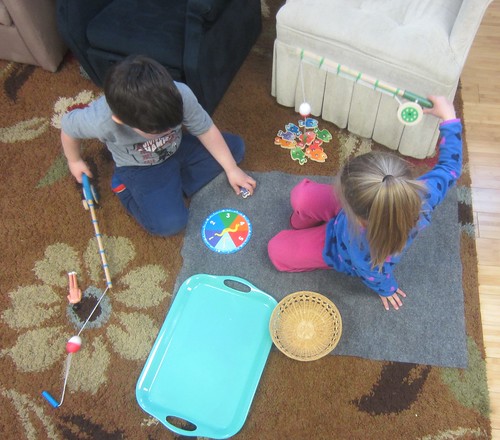
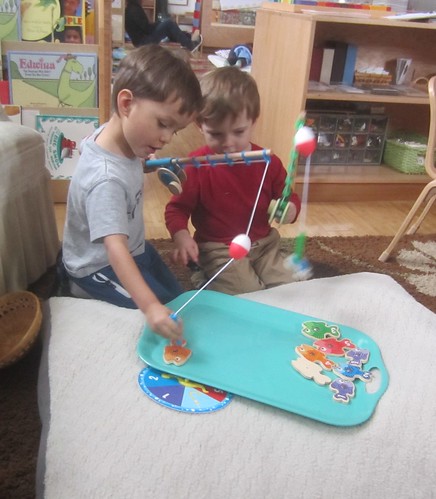
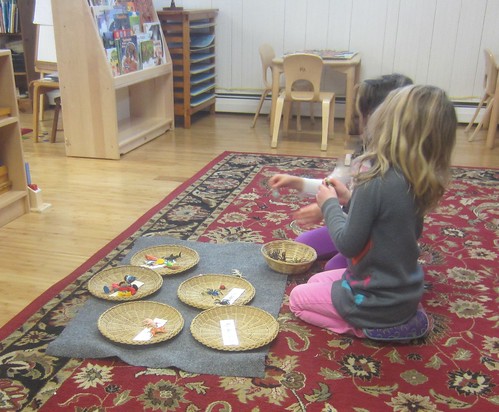
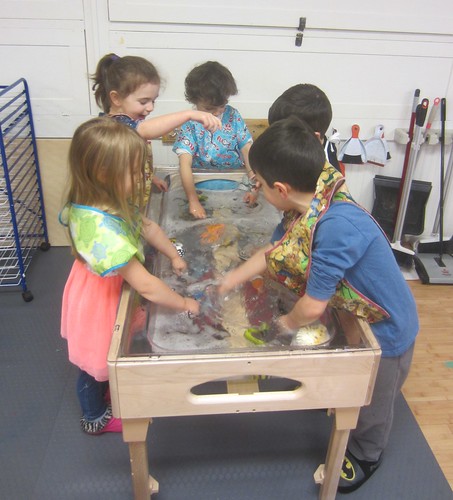
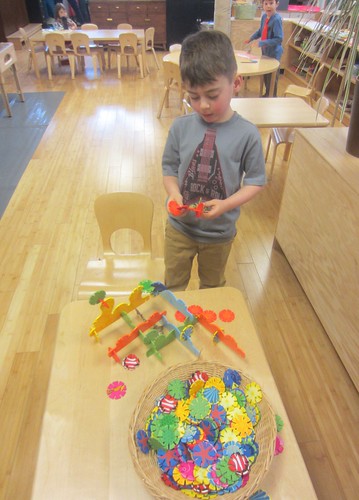
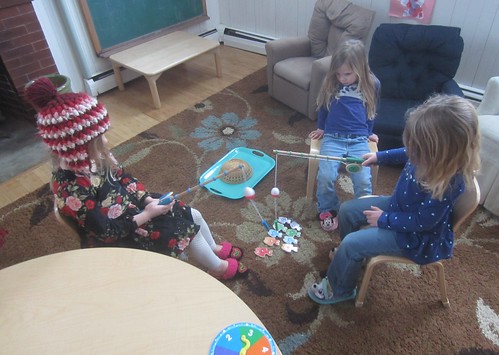
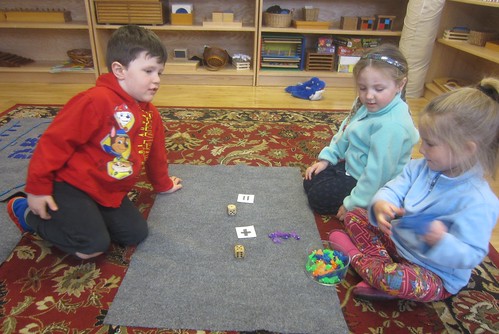 We read the story of Alexander and the Terrible, Horrible, No Good, Very Bad Day by Judith Viorst, and discussed disappointments and handling disappointment by acknowledging it, feeling and expressing it in an appropriate way, and moving on.
We read the story of Alexander and the Terrible, Horrible, No Good, Very Bad Day by Judith Viorst, and discussed disappointments and handling disappointment by acknowledging it, feeling and expressing it in an appropriate way, and moving on.
During music with Susan we continued to listen to high, middle, and low notes and move our bodies up high, in the middle, and down low. The children took turns striking the high, middle, and low notes. She then introduced a scale with the bells. The children played their bells in a scale from high to low and low to high, and then played chords when Susan said their bell number.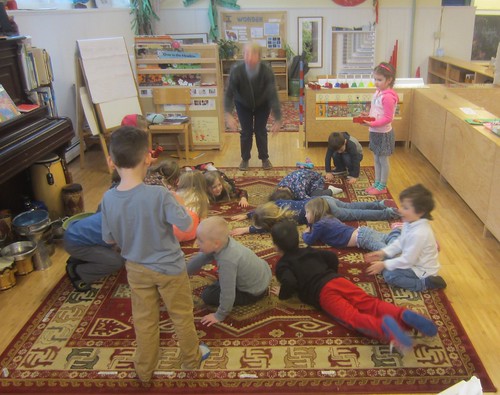

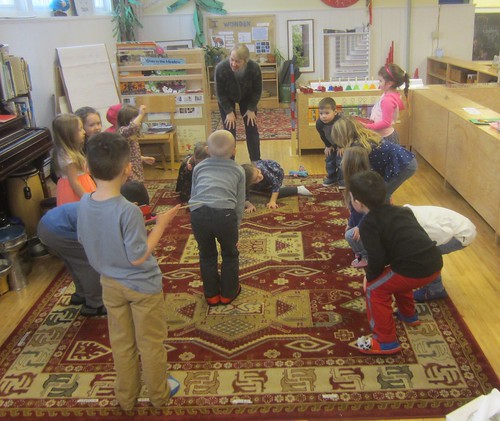

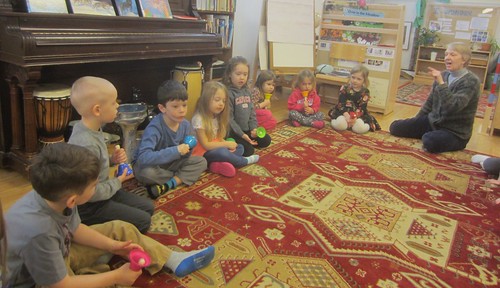
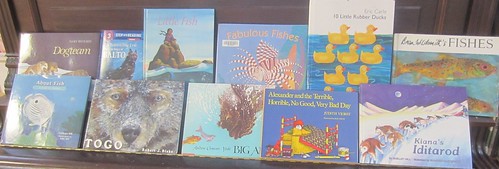 We continued our study of liquids and solids with a sink and float experiment on Friday. Children took turns selecting items, making a hypothesis about whether they would sink or float, then testing their hypothesis. At the end, we took out the floating items first, and sorted them by the material they were constructed from. We observed that all the wooden items, and most of the plastic items floated. We had one rubber item that was floating and determined it was because it had air trapped inside. There was also a metal item that floated, which did so because it was bowl shaped. When it was filled with water, it sank to the bottom with all the other metal items.
We continued our study of liquids and solids with a sink and float experiment on Friday. Children took turns selecting items, making a hypothesis about whether they would sink or float, then testing their hypothesis. At the end, we took out the floating items first, and sorted them by the material they were constructed from. We observed that all the wooden items, and most of the plastic items floated. We had one rubber item that was floating and determined it was because it had air trapped inside. There was also a metal item that floated, which did so because it was bowl shaped. When it was filled with water, it sank to the bottom with all the other metal items.